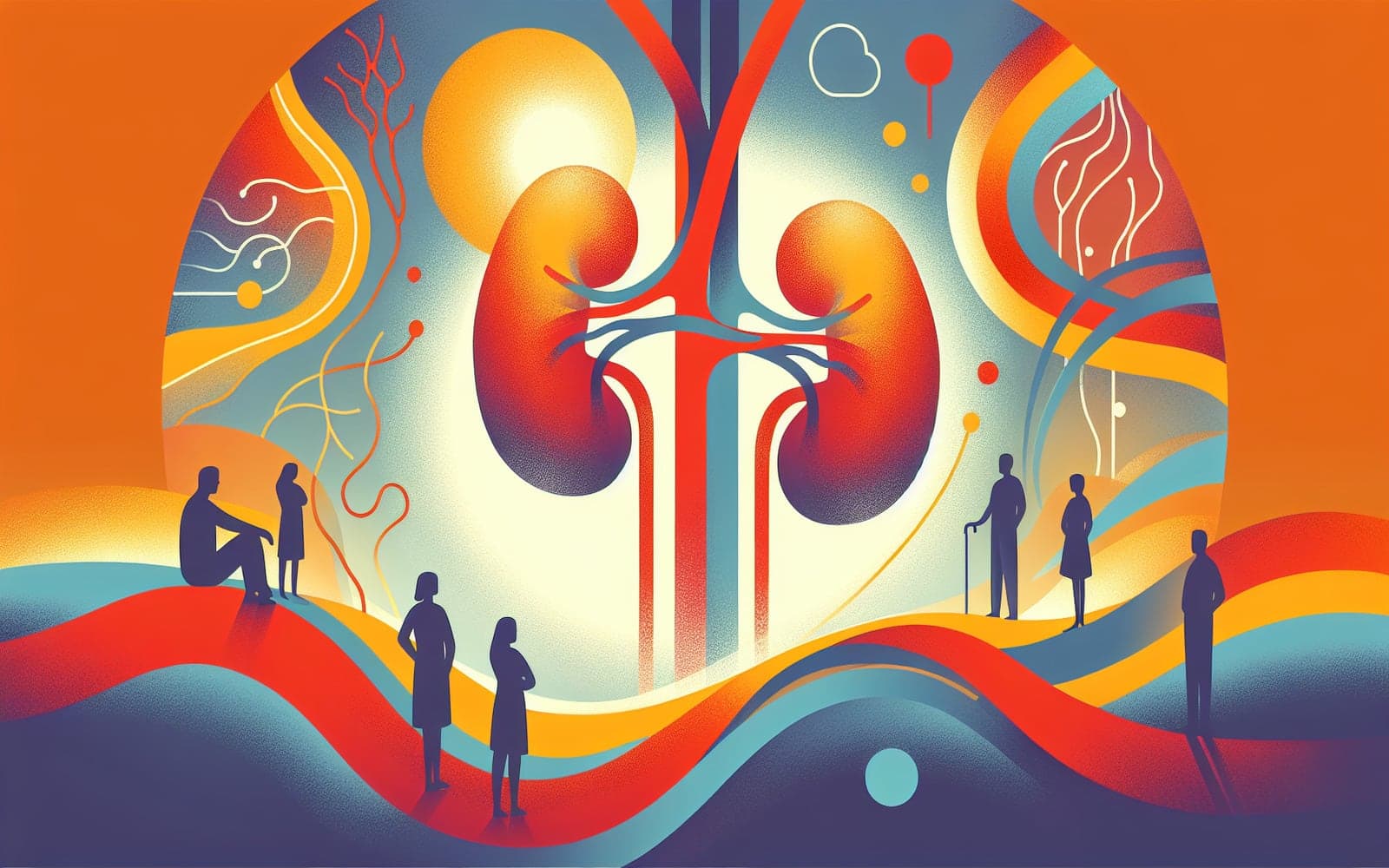Is Revascularization the Key to Treating Renal Artery Stenosis?
Published: Sep 09, 2024
Revascularization could be a game-changer for those with renal artery stenosis, offering hope for improved health outcomes.
Contents
The Revascularization Process
Revascularization is a procedure aimed at restoring blood flow to the kidneys by widening the narrowed arteries. This is usually achieved through percutaneous angioplasty, often accompanied by the placement of a stent to keep the arteries open. The procedure can reduce blood pressure and improve kidney function in many patients.
When to Consider Revascularization
Revascularization is generally considered when medical therapy alone doesn’t suffice. This includes cases with severe blood pressure elevation, recurrent heart failure, or unexplained worsening of kidney function. Patients with a high likelihood of benefiting from the procedure are often recommended for this intervention.

Risks and Complications
While revascularization can be highly effective, it carries certain risks. These include complications like artery dissection, thrombosis, or even a reaction to the contrast dye used during the procedure. Patients should be aware of these risks and discuss them with their healthcare provider.
Frequently Asked Questions
It's a procedure to restore blood flow to narrowed kidney arteries.
It's recommended when medical therapy is inadequate.
Yes, risks include artery dissection and thrombosis.
Angioplasty widens the narrowed arteries to improve blood flow.
Stenting is often used to keep arteries open after angioplasty.
The Bottom Line
Revascularization offers a promising solution but requires careful consideration of risks and benefits.
References
- Cooper CJ, Murphy TP. Is renal artery stenting the correct treatment of renal artery stenosis? Circulation 2007; 115:263.
- Edwards MS, Craven BL, Stafford J, et al. Distal embolic protection during renal artery angioplasty and stenting. J Vasc Surg 2006; 44:128.
This article has been reviewed for accuracy by one of the licensed medical doctors working for Doctronic. Always discuss health information with your healthcare provider.
AI Doctor Visit Required
Appointments available 24/7
15-min consultation. No hidden costs.
AI Doctor Visit Required
For safety reasons we have been forced to end this consultation.
If you believe this is a medical emergency please call 911 or your local emergency services immediately.
If you are experiencing emotional distress, please call the the Suicide & Crisis Lifeline at 988 or your local crisis services immediately.
Contact us
You can also email us at help@doctronic.ai
We aim to reply within 5-7 days
How likely are you to recommend Doctronic to friends or family?


